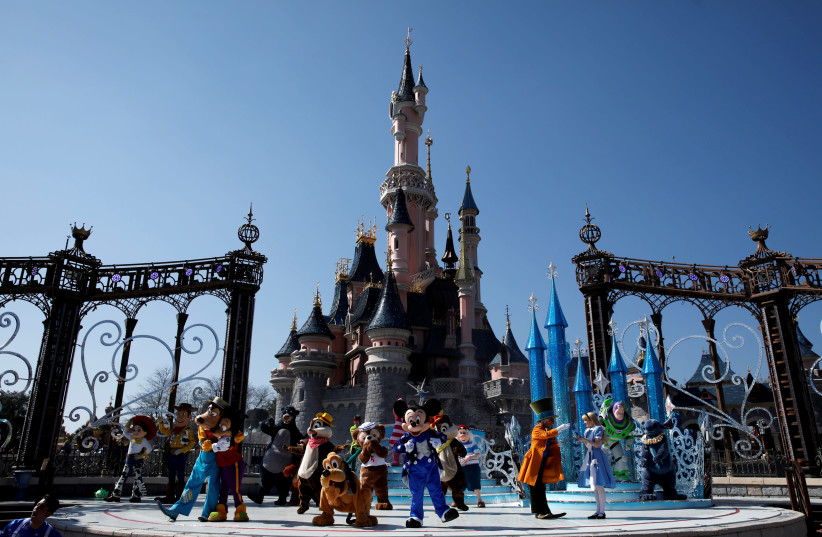From Cinderella to Rumpelstiltskin and from Hansel and Gretl to Little Red Riding Hood, fairy tales have for centuries been read to young children by their parents before going to bed – despite criticisms of being outdated and even sexist. Should parents continue this practice?
New research from the University of South Australia shows that fairy tales still hold an important place in primary education and are a valid resource for teaching primary students about social justice and emotional intelligence.
Fairy tales' educational role
Glenn Saxby, an experienced teacher and doctoral student of education at the university, insists that when fairy tales are presented in a critical and inclusive manner, they can help explain complex issues to children. He published his findings in the Australian Journal of Language and Literacy under the title “Searching for a happily ever after: using fairy tales in primary classrooms to explore gender, subjectivity and the life-worlds of young people.”
Saxby noted that “once upon a time, fairy tales were the main way to teach children about the world and their place within it, but over time – and especially post-early ‘Disneyfication’ – people have become more critical about them.
“While there’s no denying that some fairy tales present unrealistic expectations or stereotypes, when fairy tales are used in a critical and inclusive manner, they can be an effective teaching resource in the contemporary classroom,” he added.
“Once upon a time, fairy tales were the main way to teach children about the world and their place within it, but over time – and especially post-early ‘Disneyfication’ – people have become more critical about them."
Glenn Saxby

Fairy tales offer many positive opportunities for children to learn about empathy, kindness, ethics and cooperation, he said. “But also, when fairy tales portray outdated or gender-ignorant representations, teachers can use these instances to confront and discuss ideas with their pupils.”
The benefits of fairy tales
The review outlines many benefits of fairy tales for modern learning – from understanding the structure of a compelling tale, to teaching literacy or even science, technology, engineering and mathematics (STEM), and understanding gender stereotypes. For example, questions such as “Could Rapunzel have built a zip line using her hair to escape her tower prison?” can frame discussions.
While teachers should be encouraged to feel confident about using fairy tales in the classroom, they should do so with a creative and critical lens, Saxby wrote. “Active discussion about the historical and sociocultural contexts of fairy tales can provide many teaching opportunities in the classroom, but there is still scope for teachers to extend beyond traditional boundaries.
“Multicultural fairy tales have enormous potential to increase cultural equity and understanding among primary children, so finding fairy tales from different cultural backgrounds would be an excellent resource for teachers.”
